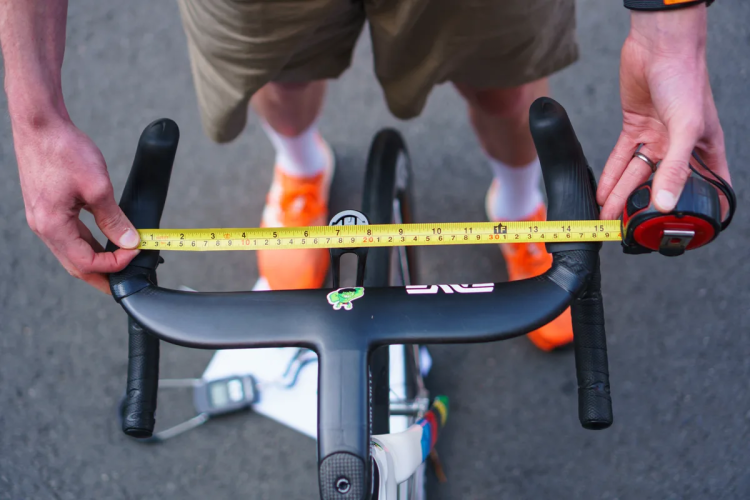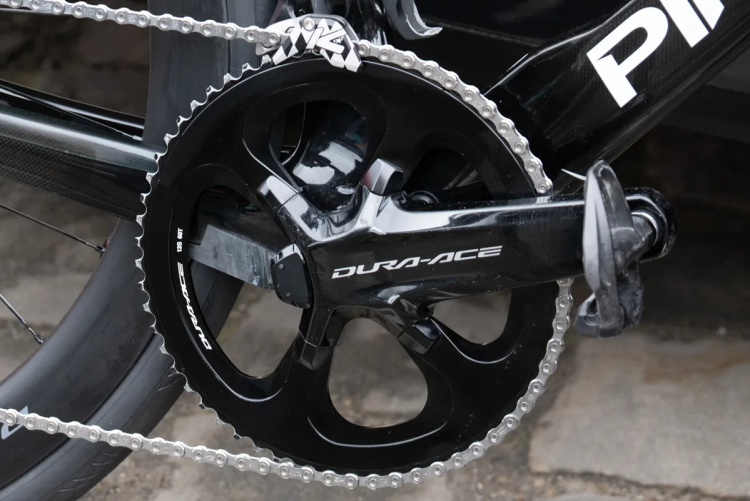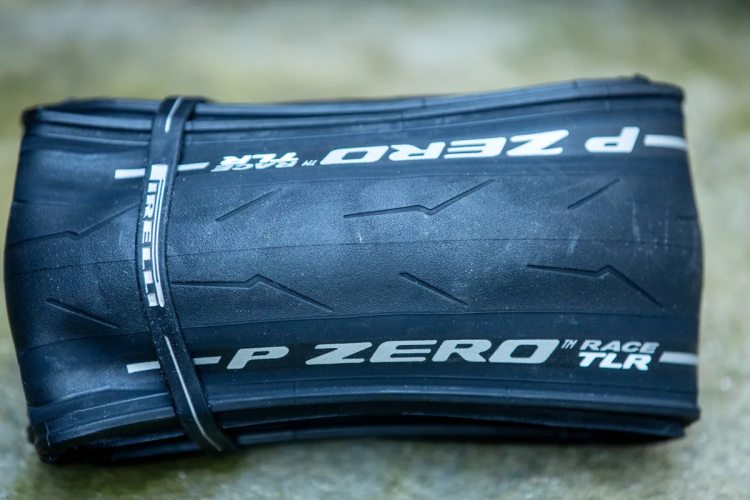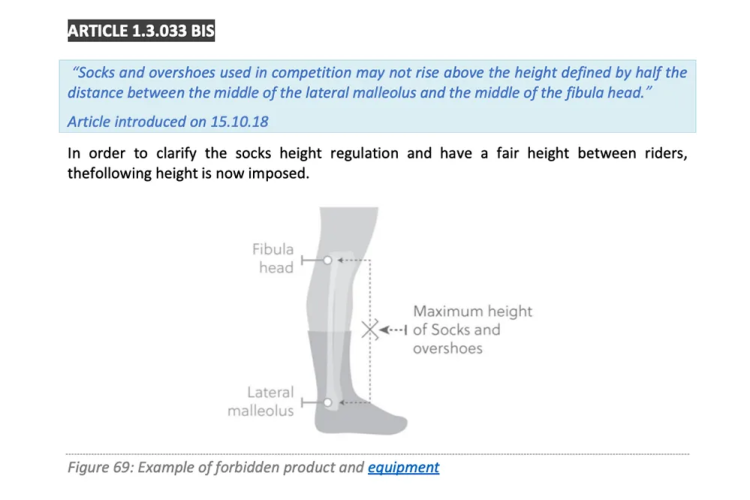Each year, the UCI introduces rule updates—often in the name of safety—that draw mixed reactions from the peloton. From the minimum bike weight limit, unchanged since 2000, to the recent requirement for GPS trackers in helmets, many of these regulations are met with skepticism and sometimes outright resistance from teams and riders. Here are six UCI rules criticized for their one-size-fits-all approach.
Handlebar Width Restrictions

Starting in 2026, road handlebars must measure at least 400mm at the drops and no less than 320mm between the hoods. This rule has faced strong opposition, particularly from smaller riders—including many in the women’s pro peloton—for whom narrower bars are often more ergonomic and comfortable. Critics argue the UCI failed to consider the impact on riders with smaller frames.
Chainring Size Limits

The UCI has suggested limiting chainring sizes, claiming larger rings increase speed and risk. However, experts like Dan Bigham, performance engineer at the Red Bull cycling team, have questioned the rule before it has even been tested, calling it “too prescriptive.” Beyond performance, gear ratios are also influenced by tire size—something the UCI has said it won’t account for in trials. This could push riders to use larger tires to circumvent the rule. Crank length is another variable, and the proposed change could favor shorter riders who spin faster on shorter cranks. Ultimately, larger chainrings are often about drivetrain efficiency—not just top speed.
The 6.8kg Minimum Weight Rule

The UCI’s 6.8kg weight limit has long been viewed as outdated. While the adoption of disc brakes initially made bikes heavier, modern high-end disc-brake bikes now regularly meet or dip below that limit without sacrificing stiffness, performance, or durability. The rule also unfairly impacts lighter riders: a 6.8kg bike represents a much larger percentage of a 50kg rider’s total system weight compared to an 80kg rider. Removing or lowering the limit could spur innovation, allowing brands to further differentiate between lightweight and aero bikes—a win for both technology and riders.
Tire Size Limitations

Wider tires continue to gain popularity in road cycling for their comfort and performance benefits. Yet the UCI has moved to restrict tire width in some contexts—and even preemptively banned 32-inch wheels in mountain biking—arguing that larger dimensions could alter the nature of competition. Many argue such restrictions limit technological progress and rider choice without clear safety justification.
Helmet Design Regulations

The UCI restricts the use of time trial helmets in road stages and sets a maximum size for TT helmets, citing safety and audibility. However, tests by media outlets have shown that helmets offering more coverage around the ears do not necessarily impair a rider’s ability to hear surroundings—and may in fact improve safety. Riders and teams want more flexibility to choose the best protective equipment based on conditions and rider preference.
Sock Height Rule

Who can resist the appeal of “aero socks”? Apparently, the UCI. Socks cannot extend beyond the midpoint of the calf, a rule the governing body claims prevents aerodynamic advantage. Yet many see this as an unnecessary intrusion into rider apparel—one that prioritizes uniformity over practicality and individual expression.
Many in the sport hope the UCI will revisit these rules with input from teams, riders, and engineers—creating a regulatory framework that fosters both safety and innovation.













